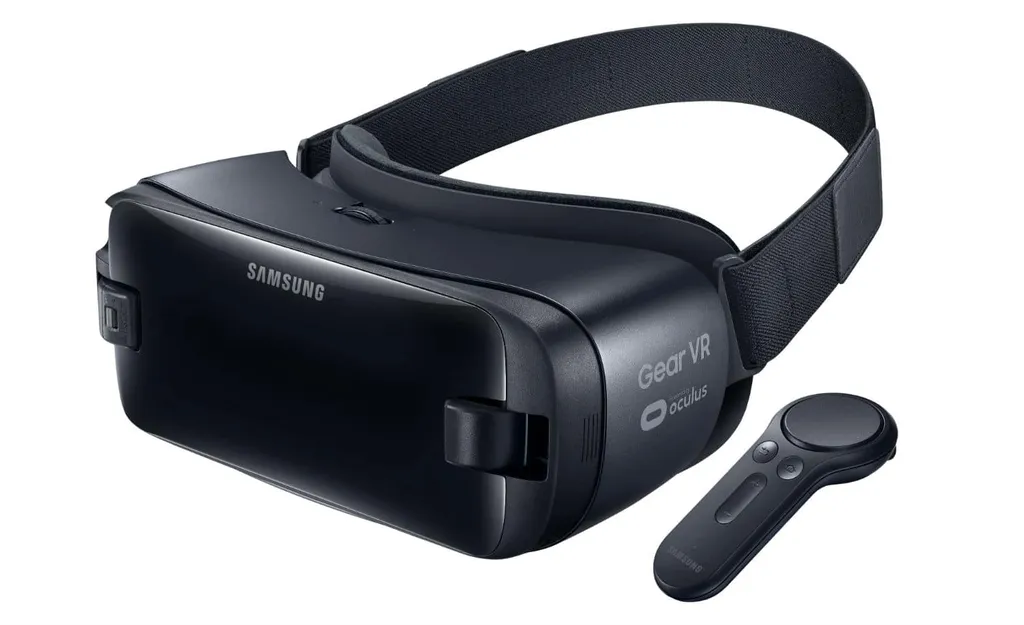Samsung this weekend revealed the Galaxy S9, its latest generation smartphone which works with the existing Gear VR headset that’s been on the market since last year. The Gear VR is, of course, a 3DoF system that can only be used in a seated or standing position. Qualcomm, though, is the chip company behind most mobile devices and its latest Snapdragon 845 platform is said to be powering the S9. According to Qualcomm, this platform is technically capable of 6DoF tracking for full freedom of movement throughout a room.
In an oddly worded press release, the company wrote the new “Qualcomm Adreno 630 visual processing subsystem is designed to deliver innovations for new XR designs, like the Samsung Gear VR for Galaxy S9/S9+, including room-scale 6 degrees of freedom (6DoF) with simultaneous localization and mapping (SLAM).”
When asked for clarification, Qualcomm wrote in an email “Samsung Galaxy S9 does not support these features (at least not based on Snapdragon XR) but Samsung may choose to work with Qualcomm to enable this in Gear VR.”
Both Samsung and Facebook’s Oculus, which powers the Gear VR’s software, also told us the headset remains 3DoF with the S9.
Facebook is expected to release the 3DoF $200 Oculus Go standalone headset in the coming months, and unveil its next steps in VR during the F8 developer conference May 1 and 2. The company is also developing what’s expected to be a more expensive high-end standalone headset with 6DoF that could ultimately run the Qualcomm 845 platform as well. Developer kits will be distributed this year for headsets based on this “Santa Cruz” prototype. Samsung, too, often releases new phones twice a year so it is possible that while the company hasn’t activated the feature in this generation device, it could still take advantage in 2018.
One thing to note also is that the first standalones coming to market from companies like HTC and Lenovo feature 6DoF tracking for head movements but not for hands. This means that you can’t really reach out with your arms with this hardware to interact with something, and that can feel awkward. Put another way, it is one technical problem to enable 6DoF head tracking without any external hardware but it is a separate problem to also track two hands with the same level of accuracy.



























